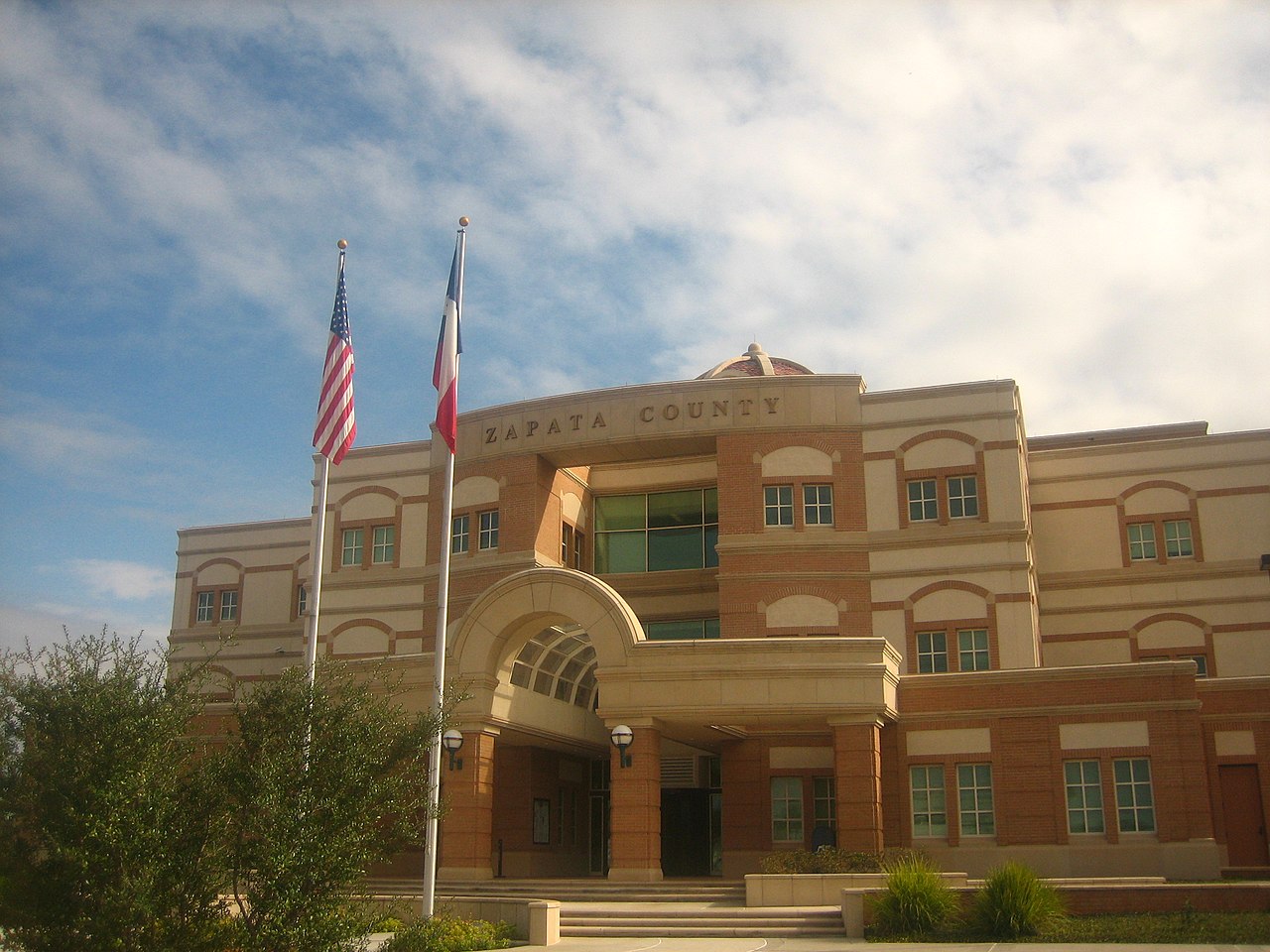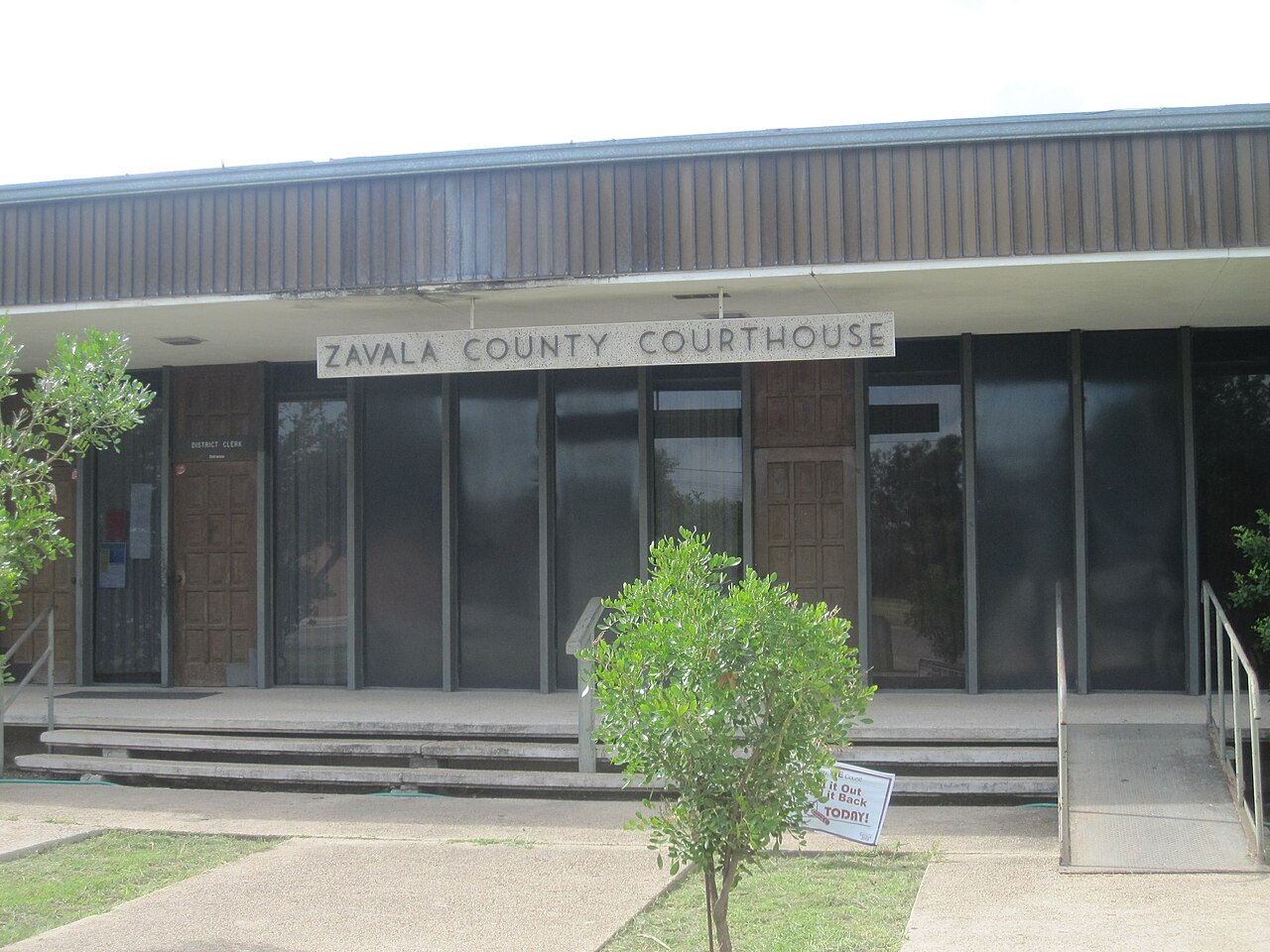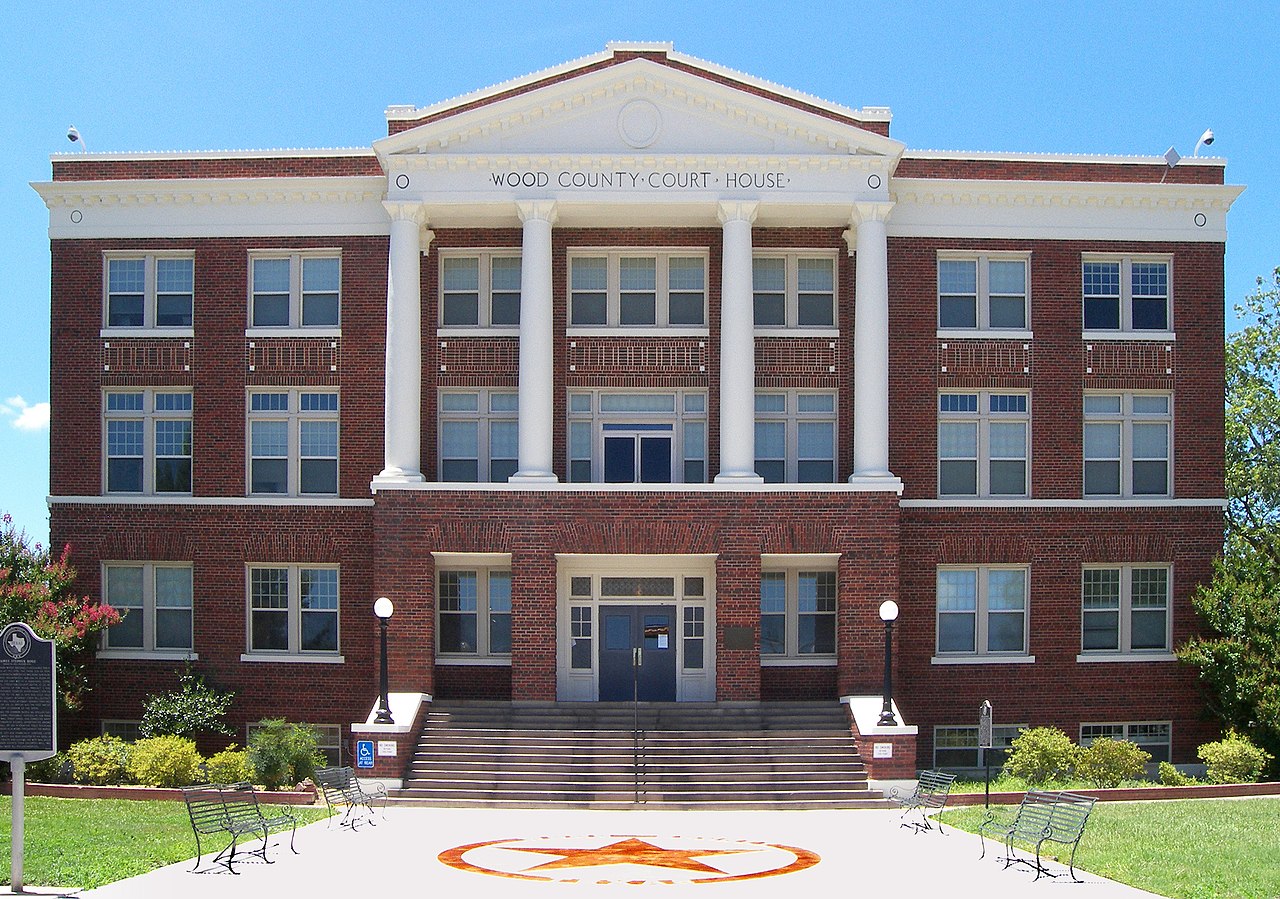Texas Writs of Garnishment to Collect Judgment Liens from Zapata County, Texas
Looking for reliable judgment-related services in Zapata County, Texas? Turn to Busby & Associates for expert assistance. Our team of skilled attorneys specializes in defending, collecting, and enforcing judgments, with a primary focus on garnishing bank accounts and financial institutions. As experienced consumer bankruptcy, family law, and divorce lawyers, we also offer comprehensive support to both obligors and obligees involved in child support lien cases, providing collections prosecution and defense. Furthermore, we possess the knowledge and capabilities to domesticate foreign child support liens specific to Zapata County. If you’re a judgment creditor struggling to receive payment or facing difficulties in collecting your judgment, especially if the debtor resides in Zapata County, don’t hesitate to contact us. We’ll provide you with personalized guidance and support, ensuring a successful resolution to your case.
Texas Judgment liens in Zapata County
An adequately established judgment lien assumes the role of a legally binding encumbrance on the judgment debtor’s nonexempt real property in Zapata County. Creating a judgment lien involves the accurate recording and indexing of an abstract of judgment. To perfect the judgment lien, the abstract of judgment must be filed in each county where the lien is intended to be fixed. The lien remains operative for a span of ten years from the date of recordation and indexing, subject to the judgment’s active status without becoming dormant. It is essential that the judgment underlying the lien be final and conclusive, not provisional. Even if the judgment is presently under appeal or a supersedeas bond has been lodged, it is still permissible to file an abstract of judgment based on the final judgment. Furthermore, should the judgment creditor take proactive measures to obtain a lien prior to the judgment’s appeal, the appeal itself shall not diminish the effectiveness of those measures in the event of affirmance. The rules provided herein exclusively pertain to judgments rendered by Texas state trial courts and do not encompass the enforcement of judgments from other states and foreign jurisdictions. To enforce judgments from such foreign sources, it is mandatory to first domesticate the judgment in Texas to create a lien, followed by the filing of an abstract of judgment.
Texas Abstract of Judgment
The preparation of the abstract of judgment in Texas is entrusted to either the judge, justice of the peace, clerk of the court, or the authorized representative of the judgment creditor, such as their agent, attorney, or assignee, for all types of courts except small claims and justice courts. However, in small claims and justice courts, the judgment creditor is not permitted to prepare their own abstract. Additionally, it’s important to obtain the certificate of the clerk of the court for abstracts of federal court judgments. If you need to abstract your judgment lien in Zapata County, Texas, you can do so at the County Clerk’s office located at 200 7th Ave, Zapata, Texas 78076.
Contents
An accurate Texas abstract of judgment must include certain elements to meet the necessary requirements. These elements encompass the names of the plaintiff and defendant, the defendant’s birthdate (if available to the clerk of justice), the last three numbers of the defendant’s driver’s license (if obtainable), the last three numbers of the defendant’s social security number (if accessible), the suit number in which the judgment was rendered, the defendant’s address or, if not specified in the suit, the nature of citation and the date and place of service of citation, the date of judgment, the amount for which the judgment was rendered and the remaining balance, any child support arrearage, the interest rate specified in the judgment, and the mailing address for each plaintiff or judgment creditor. It is essential to provide the mailing address to avoid the imposition of a penalty filing fee. Furthermore, the abstract of judgment must be verified by the creditor’s attorney, and unsworn declarations are not admissible.
Recordation of Judgment Liens Abstract
Zapata County becomes the designated jurisdiction for recording the abstract of judgment when the debtor has real property there. The abstract is delivered to the Zapata County clerk, who proceeds to record it meticulously in the county’s real property records, making careful note of the date and time of recordation. Moreover, the clerk is required to include the abstract in the alphabetical index to the real property records, providing a comprehensive listing of the names of each plaintiff and defendant in the judgment and the corresponding page number where the abstract is officially recorded.
Abstracts of Domesticated Judgment Liens.
The Uniform Enforcement of Foreign Judgments Act and the Uniform Foreign-Country Money Judgments Recognition Act ensure that foreign judgments are enforceable in Texas with the same level of enforceability as judgments filed in the originating court. Fulfillment of the lien requirements is mandatory for the foreign judgment holder when seeking to domesticate the judgment.
Property To Which Lien Attaches Non-Exempt Real Property
The defendant’s nonexempt real property in Zapata County, as registered in the county, is subject to the judgment lien that encompasses all properties.
Keeping the Judgment and Judgment Lien Alive
1. Non-governmental Judgments
The judgment lien persists for a period of 10 years from the date of recording and indexing the abstract, unless it becomes dormant. Thus, it is essential to (1) keep the judgment alive and (2) obtain and record a new abstract of judgment to maintain the continuity of the lien. If the judgment becomes dormant, it can be revived through scire facias or by initiating an action of debt within two years from the date of dormancy.
2. State or State Agency Judgments.
State or state agency judgments do not become inactive and retain their enforceability throughout the entire lifespan of the lien. An abstract of judgment, when filed correctly, creates a lien that remains effective for 20 years from the date of filing, and the lien can be extended for an additional 20 years by filing a renewed abstract of judgment.
3. Political Subdivisions.
Under the dormancy statutes, judgments of political subdivisions may enter a dormant state; however, the revival statute (Civ. Prac. & Rem. Code § 31.006) makes it clear that political subdivisions are not barred by the statute of limitations. Consequently, judgments of political subdivisions can be revived at any time, not just within two years of dormancy.
4. Child Support Judgments.
The provision in § 34.001 Subsection (c) of the Civ. Prac. & Rem. Code creates an exception for child support judgments from the dormancy statute and applies to all such judgments, regardless of when they were granted or issued.
Property Subject to and Exempt from Execution.
1. Property Subject to Execution.
Unless protected by constitutional provisions, statutes, or any other applicable law, the execution retains the authority to seize the judgment debtor’s property. Generally, the following types of property are not protected: a. Cash on hand or in checking or savings accounts; b. Pleasure boats and their motors and trailers; c. Collections of items such as stamps, coins, etc.; d. Stocks, bonds, notes, and other investments; e. f. Airplanes. Corporations do not possess any exempt property.
2. Property Exempt from Execution.
Property falling within the following categories is exempted from execution, irrespective of whether it pertains to a family or a single adult: a) The homestead b) Personal property falling within specified statutory categories, with a total fair market value not exceeding $100,000.00 for families or $50,000.00 for single adults without family affiliation c) Current wages for personal service (except child support) and unpaid commissions for personal services, not to exceed twenty-five percent (25%) of the $50/$100,000 aggregate limitations d) Professionally prescribed health aids e) Worker’s compensation payments f) Cemetery lots held for sepulcher purposes g) Property that the judgment debtor sold, mortgaged, or conveyed in trust, provided that the purchaser, mortgagee, or trustee points out other property sufficient to satisfy the execution h) Assets held by the trustee of a spendthrift trust for the benefit of the judgment debtor i) Certain insurance benefits j) Specific savings plans, including retirement benefits and health savings plans k) College Savings Plans l) Certain consigned artwork.
WRITS OF GARNISHMENT.
The post-judgment garnishment process allows a judgment creditor to investigate the connection between a third party and the judgment debtor, aiming to ascertain whether there are any funds or property owed to the debtor. If any debts are discovered, the creditor (garnishor) can obtain a garnishment judgment, requiring the third party (garnishee) to make payments to the garnishor in place of the judgment debtor.
Requirements to Issue
After securing a judgment, garnishment can be pursued, but only if certain conditions are met. These conditions include: a) The creditor having a valid and subsisting judgment against the debtor, with the judgment being considered final and subsisting from the date of rendition. b) The debtor not having filed an approved supersedeas bond to suspend execution on the judgment. c) The creditor asserting, based on their knowledge, that the judgment debtor does not have sufficient property in Texas that can be executed upon to satisfy the judgment.
Procedure for Securing Issuance Jurisdiction and parties
Remember that a post-judgment garnishment action represents a distinct legal action apart from the main case it intends to enforce. The third-party garnishee should be named as the defendant, acknowledging their involvement in this ancillary litigation. File the application for post-judgment garnishment in the same court that delivered the judgment, utilizing a different cause number.
Service of the writ of garnishment/notice to judgment debtor.
To commence the garnishment action, the garnishee must be served with the writ of garnishment, and the judgment defendant, although not a necessary party, must be served with a copy of the writ of garnishment, the application, accompanying affidavits, and court orders promptly after serving the garnishee. Additionally, it is stipulated that the copy of the writ served to the defendant includes its contents in 12-point type and is presented in a manner calculated to advise a reasonably attentive person. Failure to provide proper notice to the judgment debtor regarding the garnishment renders any judgment, other than one dissolving the writ, null and void.
Banks as Garnishees for Writs of Garnishment
To ensure effective delivery, garnishment writs served on garnishee banks must be delivered to the address specified as the registered agent of the financial institution in its registration statement filed with the Secretary of State, as outlined under either Section 201.102 or 201.103 of the Finance Code. Out-of-state financial institutions must comply with the state’s laws governing foreign corporations conducting business in the state, including designating an agent for process under Section 201.102 when applying for registration with the Secretary of State. Conversely, Texas financial institutions have the option to file a statement with the Secretary of State appointing an agent for process under Section 201.103.
Officer’s Return.
Tex. R. Civ. P. 663 mandates that the officer executing a writ of garnishment must file a return that complies with the citation regulations. The judgment creditor should conduct a thorough examination of the return before obtaining a garnishment judgment, especially in the case of a default judgment. Returns in garnishment proceedings must conform to the rules governing citations in general. Courts have held returns to be fatally defective if they fail to indicate the method and place of service on a corporate garnishee.
Forms for the form and Practical Procedure
Upon locating a bank account or other debt owed by the judgment debtor subject to garnishment and confirming that sufficient funds are involved to make it cost-effective, proceed by filing an Application For Garnishment along with a supporting affidavit, signed by the attorney representing the judgment creditor. Ensure that the affidavit includes all the necessary information for the application, such as details of the original lawsuit and judgment, any credits applied to the judgment, the accurate garnishee name, designated officers for service, service address, and, if available, account names and numbers.
Trust in Busby and Associates to help you with the collection of your judgment in Texas. With their contingency-based services, upfront payments are not a hindrance. Judgments from other states with a judgment debtor in Texas undergo individual examination, sometimes requiring a retainer. Furthermore, in Zapata County, they can assist you in garnishing a bank account or financial institution, streamlining the collection process.













